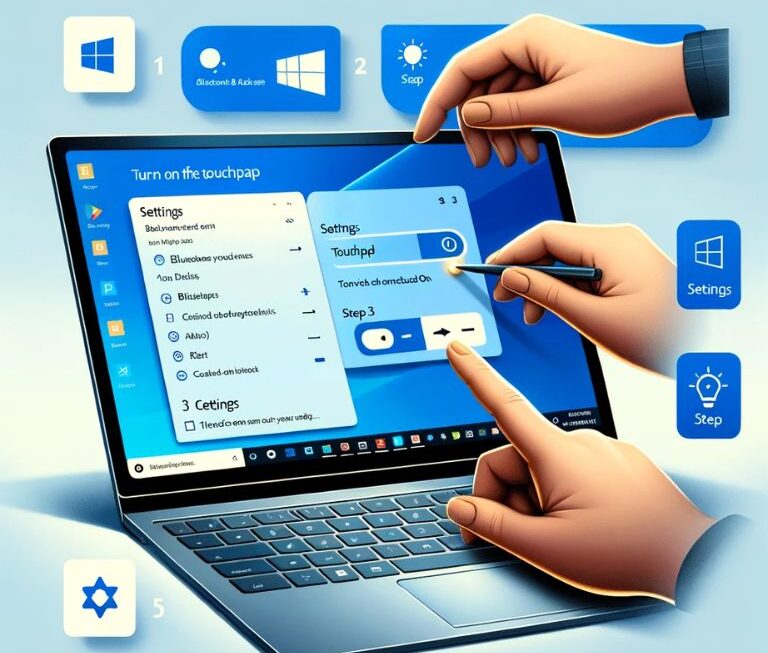In the dynamic world of technology, quantum computing stands as a transformative frontier, promising unparalleled computational power. Microsoft, renowned for its software innovations, has set its sights on quantum computing, a realm where classical computers confront their limitations, yielding to the principles of quantum mechanics. This article takes a deep dive into quantum computing’s allure, delving into Microsoft’s ambitious endeavors, the formidable challenges they grapple with, and the tantalizing future of their quantum quest.
Classical computers rely on binary bits, representing 0s and 1s, to process data. In stark contrast, quantum computing leverages qubits, governed by the intriguing phenomena of superposition and entanglement. This enables quantum computers to handle exponentially more calculations than their classical counterparts, promising groundbreaking applications. Microsoft, in its pursuit of quantum supremacy, aims to revolutionize industries and scientific research by developing cutting-edge quantum hardware and software. Their vision extends beyond mere computational speed, striving to tackle complex problems spanning materials science, drug discovery, cryptography, and more. In the following sections, we delve deeper into Microsoft’s quantum odyssey, exploring their challenges and the future of quantum computing. Join us on this fascinating journey into the quantum realm.
The Quest for Quantum Supremacy
To understand Microsoft’s quantum struggles, we must first grasp the concept of quantum supremacy and the company’s audacious goals.
Quantum Supremacy Explained
Quantum supremacy marks a milestone where a quantum computer outperforms even the most advanced classical supercomputers. It showcases quantum computers’ potential by executing tasks exponentially faster, revolutionizing computation.
Microsoft’s Quantum Vision
Microsoft’s quantum journey is more than competition; it’s a vision. They’ve gathered a world-class team, abundant resources, and pursued groundbreaking initiatives. Microsoft’s quantum programming language, Q#, bridges theory and application. Azure Quantum democratizes access to quantum resources. Crucially, they’re pioneering topological qubits, which are inherently more stable and error-resistant. These innovations exemplify Microsoft’s determination to redefine computing’s boundaries.
Microsoft’s quest for quantum supremacy combines ambitious goals with innovative technology, making quantum computing accessible while pushing hardware boundaries. The challenges they face on this journey will be explored in the following section.
Challenges Faced by Microsoft
Microsoft’s quantum ambitions are met with a series of intricate challenges that underscore the complexity of this field.
Technical Complexity: Quantum computing presents formidable technical hurdles. Qubits, the building blocks of quantum computers, are highly error-prone due to their sensitivity to the environment. Developing error-correcting codes and fault-tolerant systems is a critical but ongoing challenge. Additionally, ensuring effective qubit connectivity becomes increasingly complex as quantum systems scale up, with issues like crosstalk and decoherence demanding constant attention.
Intense Competition: In the quantum race, Microsoft contends with formidable competitors like IBM, Google, and startups such as Rigetti. Academic and research institutions worldwide are also actively engaged, fostering a rapid pace of advancement. Collaboration is essential, but the race to quantum supremacy adds urgency to Microsoft’s endeavors. Furthermore, scaling quantum hardware to a practical level remains a daunting task, with Microsoft’s topological qubits, while promising, still in early development stages.
The Future of Microsoft’s Quantum Computing Endeavors
As Microsoft faces quantum computing challenges head-on, the path forward is shaped by strategic initiatives and the prospect of groundbreaking innovations.
Microsoft’s multifaceted approach includes ongoing research to enhance qubit stability and error correction, while partnerships with academia and industry allies facilitate collaborative progress. Azure Quantum’s cloud-based accessibility democratizes quantum computing, fostering a broader community of contributors.
In the realm of potential breakthroughs, quantum applications promise to reshape fields like materials science and cryptography. Microsoft’s quantum expertise positions them to pioneer quantum-safe cryptography solutions, ensuring data security in a post-quantum era. As quantum systems gain power, they may unveil transformative algorithms and insights, revolutionizing our understanding of computation. Microsoft’s quantum journey is not just a technological venture but a glimpse into a future where quantum computing shapes industries and society at large.
Conclusion
In conclusion, Microsoft’s pursuit of quantum supremacy represents a remarkable journey into the world of quantum computing, where the fusion of innovation and challenges paves the way for a transformative future. As they navigate technical complexities and fierce competition, Microsoft’s commitment to research, collaboration, and accessible quantum resources showcases their dedication to overcoming hurdles. The promise of quantum applications, quantum-safe cryptography, and the potential for groundbreaking discoveries amplifies the significance of their quantum journey. In the ever-evolving landscape of technology, Microsoft’s quantum endeavors stand as a testament to the relentless pursuit of innovation and the limitless possibilities of quantum computing.




